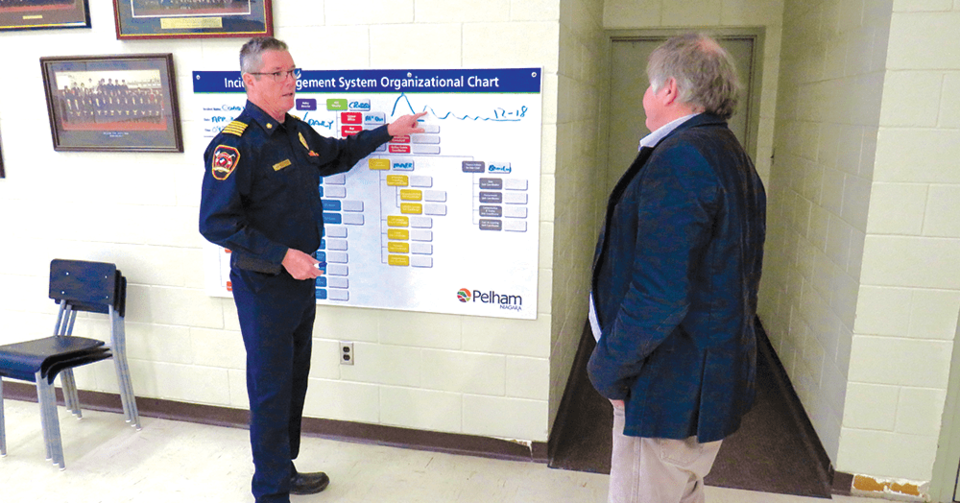Taking precautionary measures now to protect firefighters in face of poor COVID protocol compliance by younger Niagara residents
On the second wave of COVID-19 infections, the Niagara Region is faring relatively better than some parts of the province, yet Fire Chief Bob Lymburner says that darker days are not far ahead—and points the finger squarely at a younger demographic driving the numbers.
In a memo to Town Council and senior staff last Wednesday, Dec. 2, Lymburner cited persons 20 to 39 years of age as currently responsible for the highest level of infections and outbreaks.
“The sad part of this is Public Health has set guidelines to address the second wave but these rules are largely being ignored by this group,” wrote Lymburner.
The Chief added that in anticipation of people not following the rules over the Christmas holidays, there will be a surge of cases in the two weeks following the holidays.
“As a proactive measure and to protect our Fire personnel from infection,” the Chief noted that the following measures will be in place starting Jan 1 and running until Jan 14.
- All training will be suspended (online exempt).
- All inspections deferred unless it is a life safety issue.
- Equipment and truck checks will be done with minimal personnel and while physical distancing.
- No meetings except virtually.
- No gatherings or social events at the stations.
- No rentals at the stations.
- Station 2 gym will admit only one user at a time.
- Only one person in the station at a time to wash or clean vehicles.
- Four persons per truck for emergency response, though officers may overrule if needed.
- No loitering during calls.
- During incidents, firefighters are encouraged to physical distance where practical.



